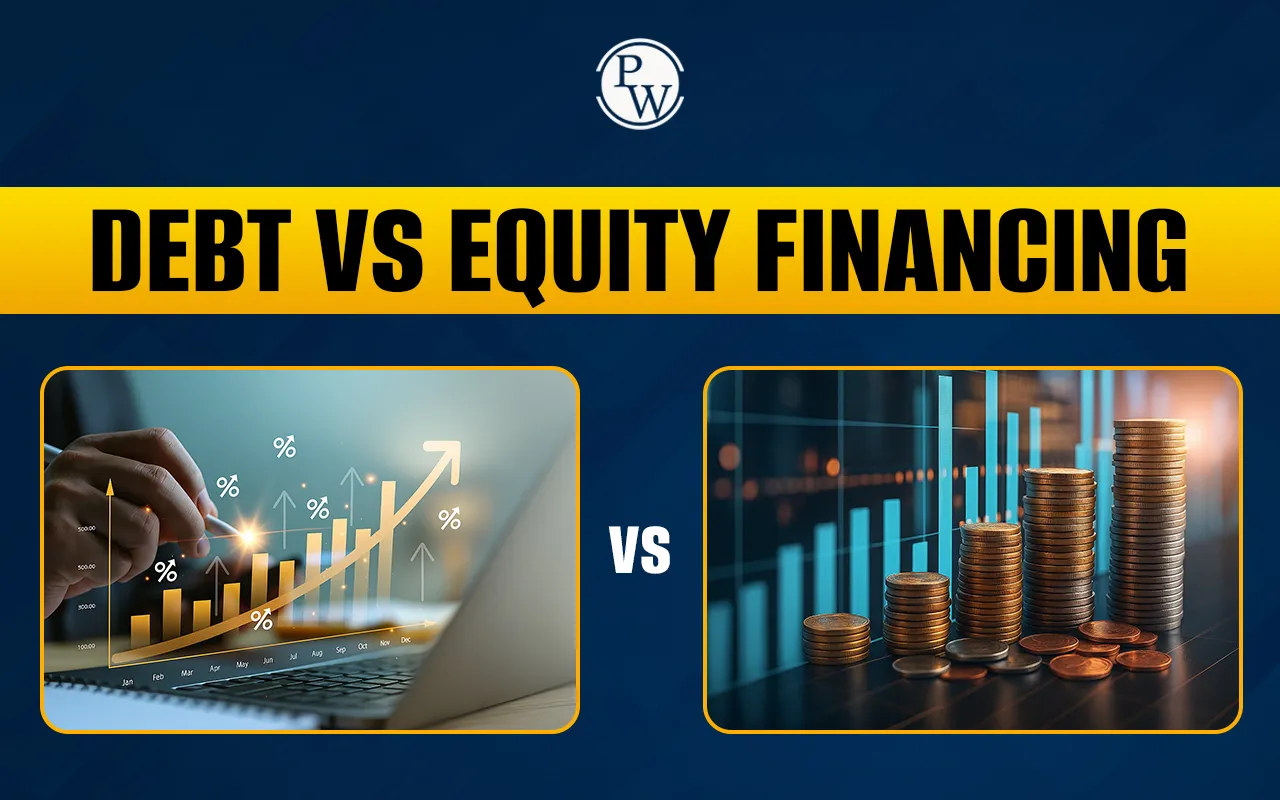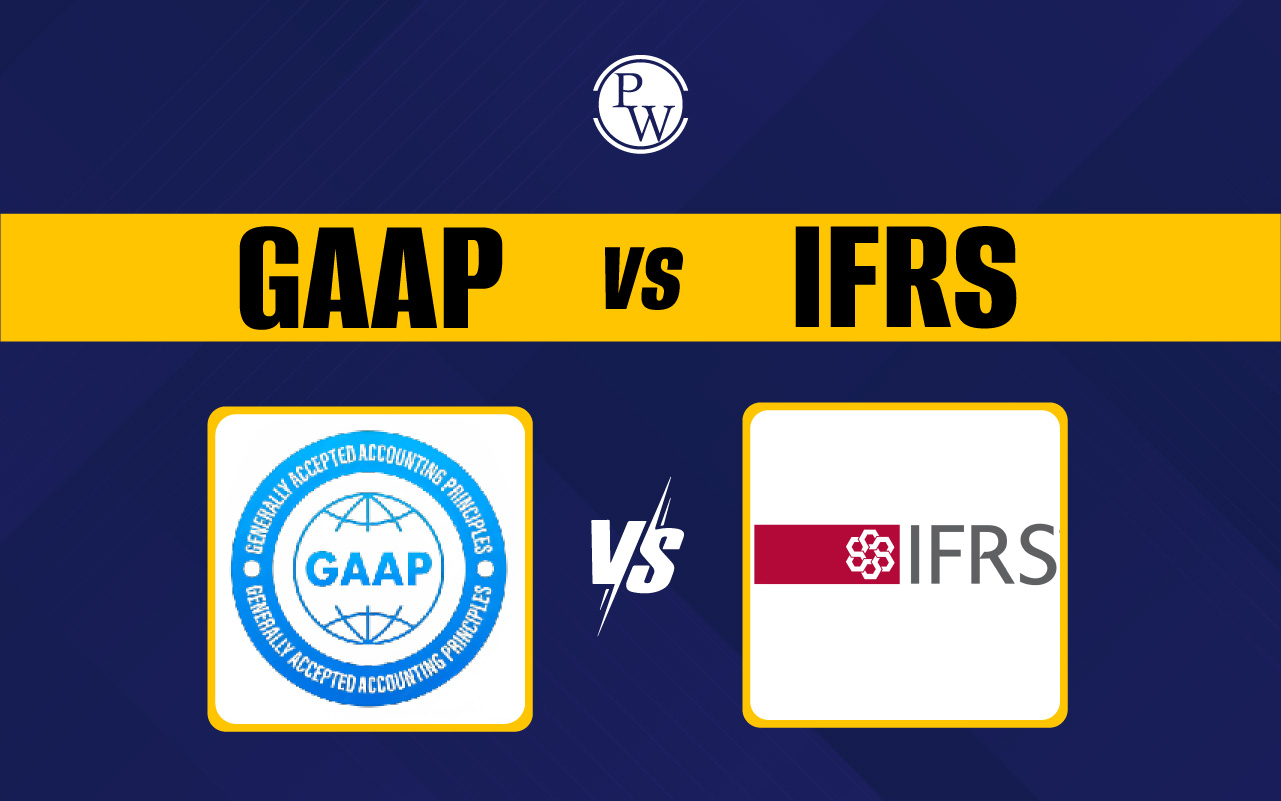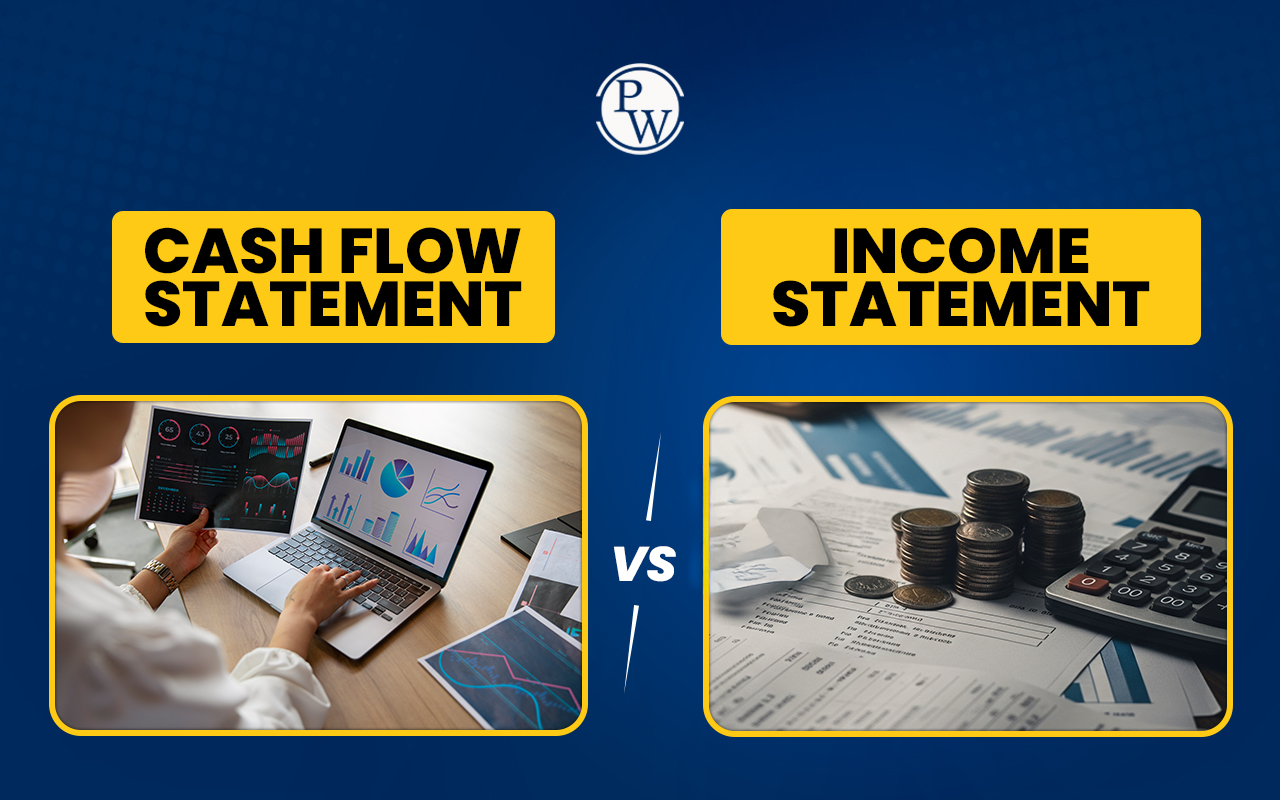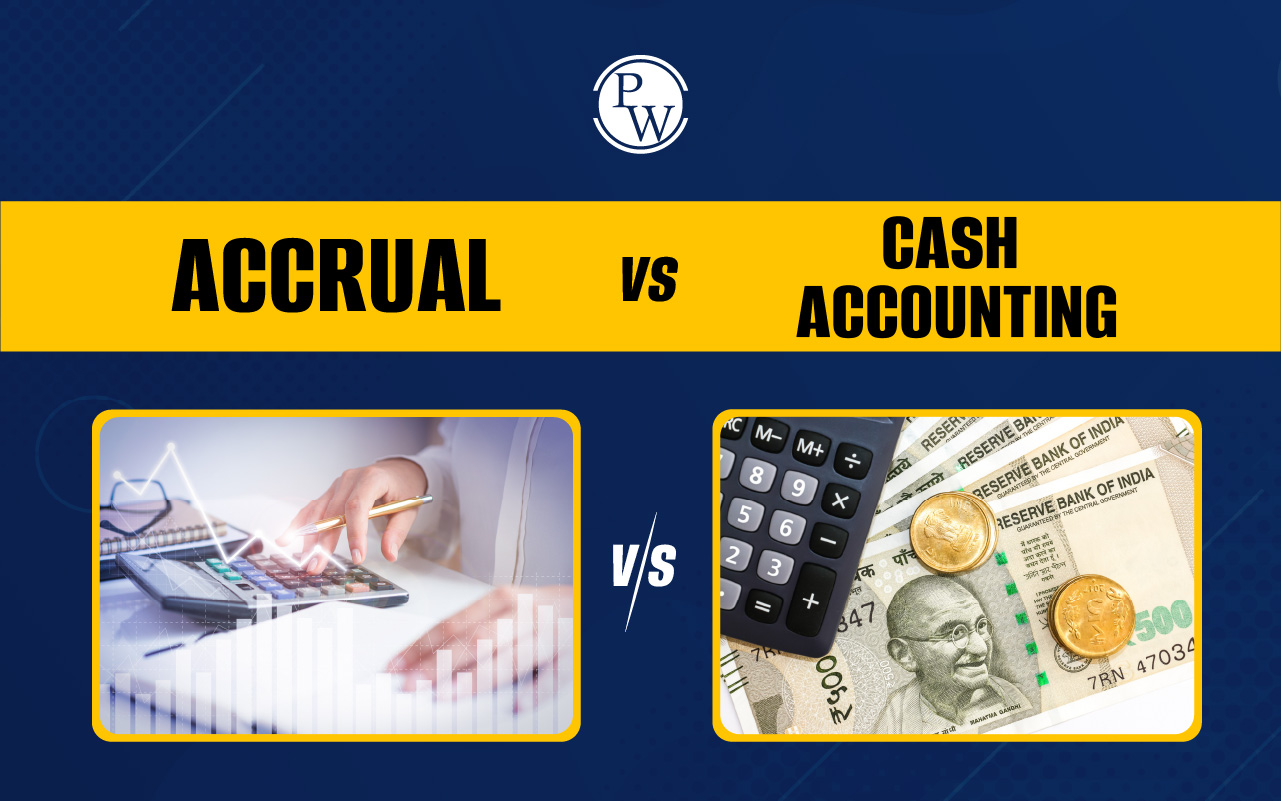
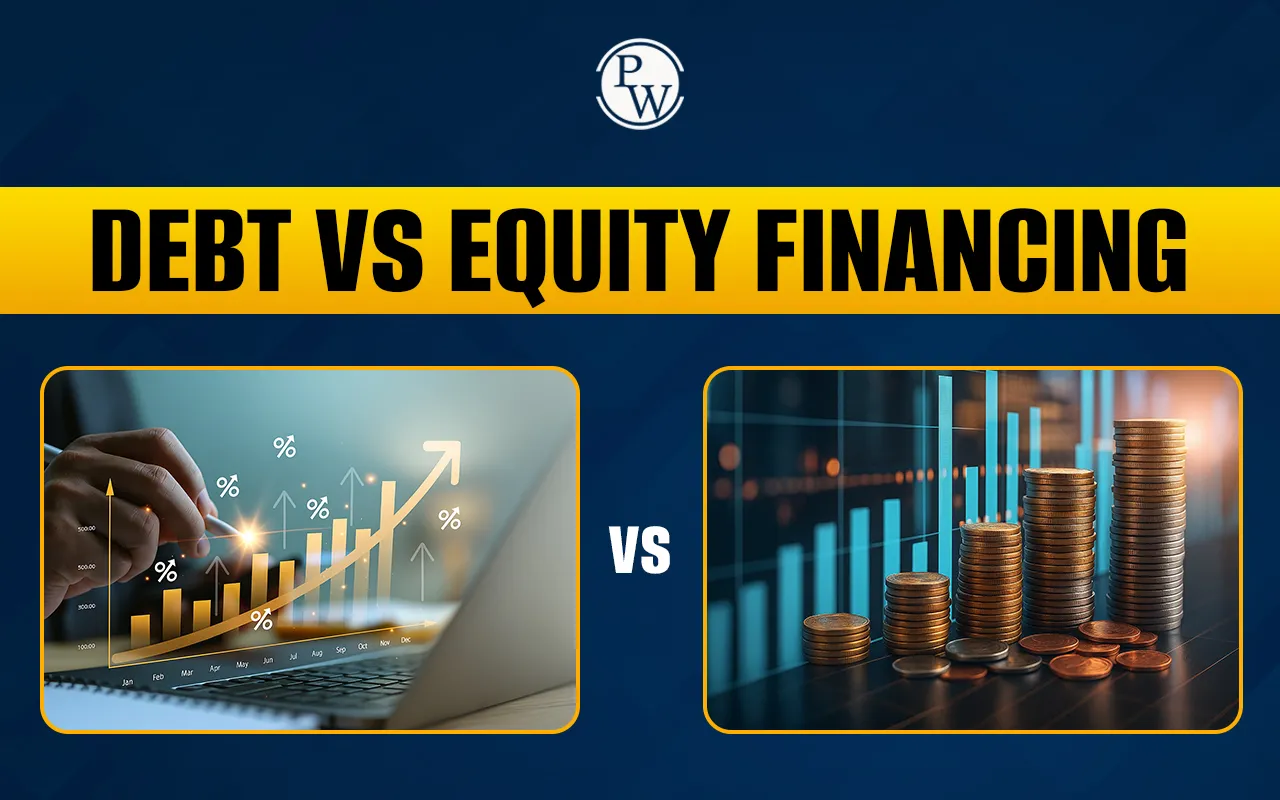
Debt vs Equity Financing: When a company needs capital to grow, expand or fund new projects, it has to decide where to source that capital. The two main sources of funding are Debt vs Equity Financing. They are the most used and popular forms of funding throughout the world, in the business and corporate world. The two terms have a unique definition, advantages, risk and long-term impact on the company. Understanding Debt vs Equity Financing is essential for companies to make informed financial decisions.
Debt financing in simple terms means borrowing money that has to be paid back at some point in the future, whereas equity financing refers to raising money by selling off some ownership shares of the company to investors. Deciding between Debt vs Equity Financing is influenced by control, risk and cost factors.
What is Debt Financing?
Debt Financing is a means of raising money in which the investor borrows funds to be repaid within a fixed period, usually with interest. This type of financing is typically acquired through a loan from a bank or other financial institution or an individual investor. Bonds, term loans, or lines of credit are some of the most common examples of debt financing. The funds raised from debt financing can be used for a variety of business purposes, such as expanding the business, developing new products, or to meet working capital needs.
In debt financing, the investor doesn’t take ownership in the company. The borrower must make interest payments to the lender on a regular basis and repay the principal amount at the end of the loan term. In this way, debt financing is an attractive option for many companies looking to raise funds without giving up equity or control over the business.
What is Equity Financing?
Equity Financing is a method of raising money by selling shares in a company. The investors become partial owners of the business. The capital raised from Equity Financing is then used to help the long-term growth, innovation, or expansion of a business.
Equity Financing involves no repayment as it is the case in Debt Financing. Instead, the investors are provided a share of the profits of the company, usually in the form of dividends or an increase in stock value. Equity Financing is mostly used to fund startups and growing businesses that do not want to be in debt.
The most important benefit of Equity Financing is that it is permanent capital. On the other hand, with Equity Financing, the existing owners lose some control as shareholders are provided with voting rights and partial ownership.
Key Differences Between Debt and Equity
Debt vs Equity Financing: Difference in Structure, Ownership, and Risk. Debt and equity financing are two main sources of funds for businesses. The difference in both includes structure, ownership, and level of risk. Debt financing is the process of borrowing money while equity financing is the sale of shares in a business for a price. The methods of finance have a major role in business capital structure and control.
| Key Differences Between Debt and Equity | ||
| Basis of Difference | Debt Financing | Equity Financing |
| Meaning | Borrowing funds that must be repaid with interest. | Raising funds by selling ownership shares. |
| Ownership | Lenders do not get ownership rights. | Investors become partial owners of the company. |
| Repayment | Must be repaid within a fixed time period. | No repayment; funds remain permanently invested. |
| Return Expectation | Lenders earn fixed interest. | Investors earn dividends and capital gains. |
| Control | No interference from lenders in management. | Investors may get voting rights and decision influence. |
| Risk Level | Higher financial risk due to repayment pressure. | Lower financial risk but ownership dilution occurs. |
| Tax Benefit | Interest paid is tax-deductible. | Dividends are not tax-deductible. |
| Cost of Capital | Usually cheaper because of fixed interest. | Costlier as investors expect higher returns. |
| Duration | Short-term or long-term, based on loan terms. | Usually long-term and permanent capital. |
| Effect on Balance Sheet | Recorded as a liability. | Recorded under shareholders’ equity. |
Advantages of Debt Financing and Equity Financing
Debt Financing and Equity Financing both serve the purpose of raising funds for a business. However, the advantages associated with these two methods are not the same at all. Debt financing is favorable as it allows businesses to maintain control of their operations and enjoy tax savings. On the other hand, equity financing is preferred as it offers long-term financial stability and relieves the stress of repayment. Knowing these pros is key to making the correct decision in a Debt vs Equity.
| Advantages of Debt Financing and Equity Financing | |
| Type of Financing | Advantages |
| Debt Financing |
1. Company retains full ownership and control. 2. Interest payments are tax-deductible, lowering tax costs. 3. Debt has a fixed term, and once repaid, the obligation ends. 4. Lenders have no say in management decisions. |
| Equity Financing |
1. No repayment pressure, as funds are permanent. 2. Reduces the risk of bankruptcy or cash shortage. 3. Investors may bring knowledge, skills, and business connections. 4. Helps new companies raise large capital for long-term growth. |
Risks Associated with Debt and Equity
Debt Financing and Equity Financing both provide money-raising options for businesses. However, they also introduce different types of risk to a business. Debt financing puts pressure on repayment and can impact cash flow, while equity financing can dilute ownership control. Assessing the risks of Debt vs Equity Financing can help a business find the right balance.
| Risks Associated with Debt and Equity | |
| Type of Financing | Risks |
| Debt Financing |
1. High repayment pressure can lead to financial stress. 2. Missed payments may cause default or bankruptcy. 3. Interest must be paid even when profits are low. 4. Too much debt can harm the company’s credit rating. |
| Equity Financing |
1. Ownership and control are shared with investors.2 . Profits must be shared through dividends. 3. Decision-making may slow due to investor involvement. 4. Bringing in new shareholders can reduce founder influence. |
Debt vs Equity Financing FAQs
Q1. What is Debt Financing?
Q2. What is Equity Financing?
Q3. What are the key differences between Debt and Equity?
Q4. What are the advantages of Debt Financing?

